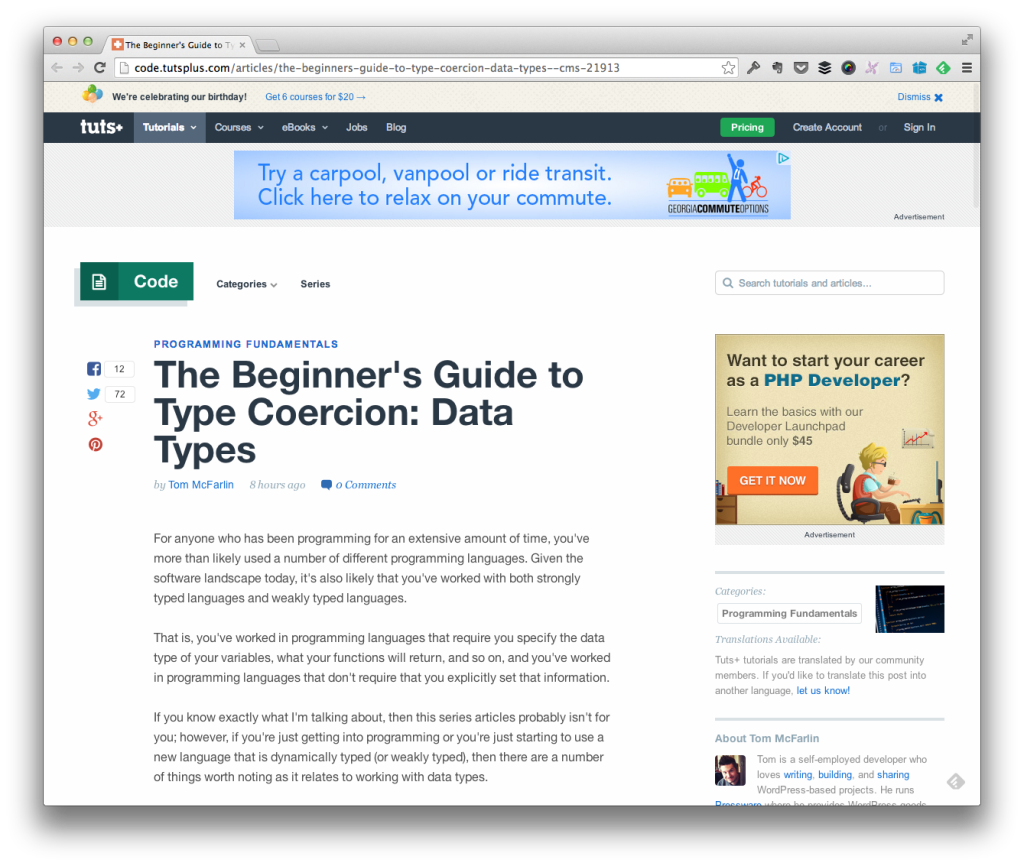One of the things that’s becoming more and more common place regarding front end frameworks, utilities, or applications is the use of the phrase “it’s bloated” followed by an argument as to why we should dismiss it.
No, this isn’t something that’s new, but it’s something that’s becoming appears to be becoming more mainstream – at least as far as I can tell – in how people describe the tools, apps, frameworks, libraries, and other tools that they work with today, or have worked with at some point in the past.
Obviously, this isn’t to say that nothing is bloated – I mean, I’ve written enough articles on the idea on “decisions, not options” and on how things should be more focused on a single niche – but sometimes I think that we often write off certain utilities as being “bloated” when that’s not exactly the case.
Just because something has a number of features that you don’t use doesn’t make it bloated.


